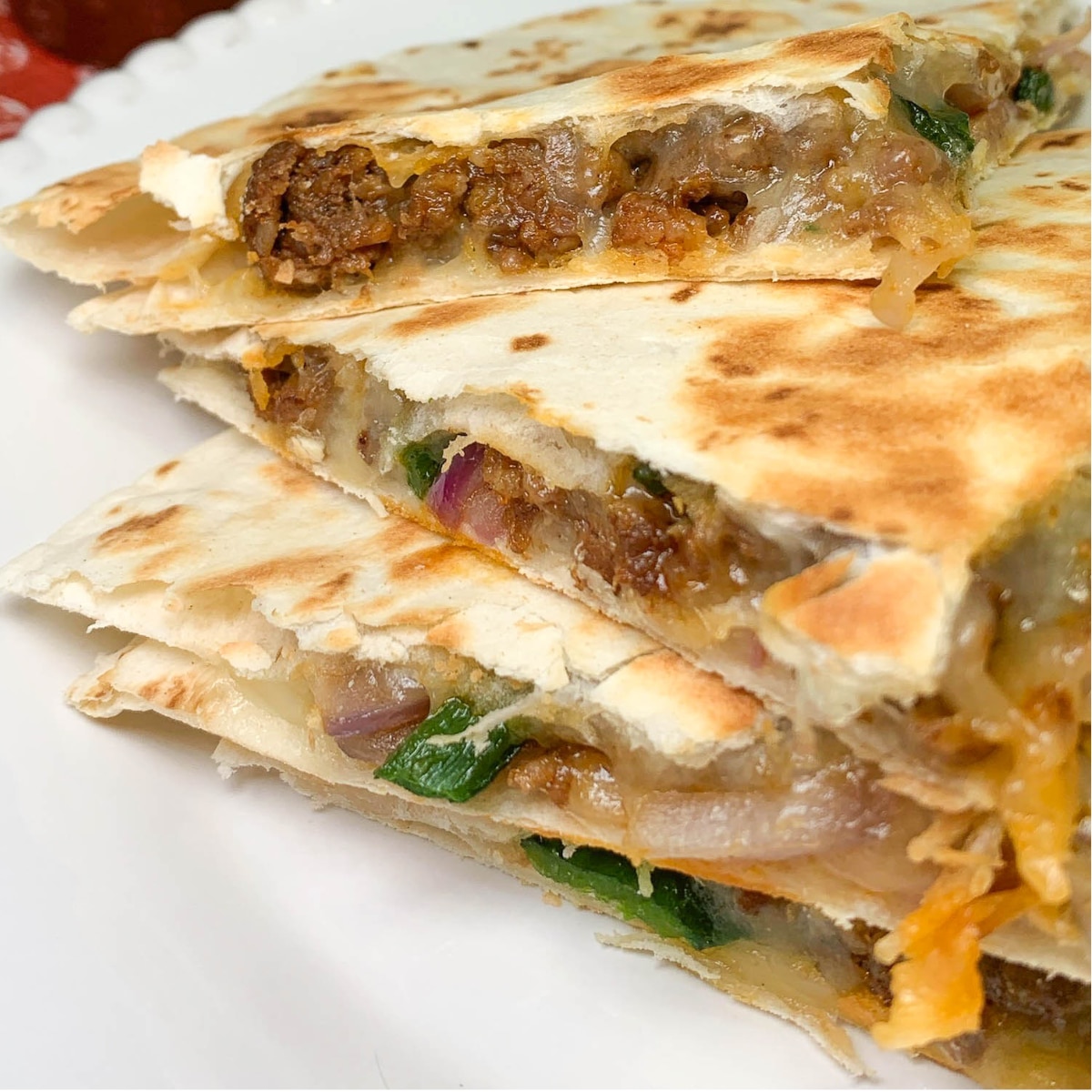Chorizo is a culinary delight that has tantalized taste buds worldwide with its rich flavors and versatility. Whether you’re a seasoned food enthusiast or a curious newcomer, understanding what chorizo is can open up a world of gastronomic possibilities. This article delves into the origins, types, and uses of chorizo, providing a comprehensive guide to this beloved sausage.
Key Takeaways
- Chorizo is a type of pork sausage originating from the Iberian Peninsula.
- There are two main types: Spanish chorizo and Mexican chorizo, each with distinct flavors and preparation methods.
- Chorizo is versatile and can be used in various dishes, from breakfast to dinner.
- Understanding the differences between types of chorizo can enhance culinary experiences.
Understanding Chorizo: A Brief Overview
Chorizo is a traditional sausage that boasts a rich history and diverse applications. Originating from the Iberian Peninsula, chorizo has become a staple in Spanish and Mexican cuisines, each presenting its unique twist on this flavorful sausage. The key to understanding what chorizo is lies in its ingredients and preparation methods, which vary significantly between the Spanish and Mexican varieties.
The Origins of Chorizo
The roots of chorizo can be traced back to the Iberian Peninsula, where it was first crafted using local ingredients and traditional curing methods. The introduction of paprika from the New World in the 16th century revolutionized chorizo production, giving it the distinct red color and smoky flavor that many associate with the sausage today. As Spanish explorers traveled, they spread the chorizo tradition to Latin America, where it evolved into the Mexican chorizo known today.
Types of Chorizo

Chorizo comes in various forms, but the two most prominent types are Spanish chorizo and Mexican chorizo. Each type has its own distinct characteristics, ingredients, and culinary uses.
Spanish Chorizo
Spanish chorizo is typically made from coarsely chopped pork and seasoned with smoked paprika, garlic, and other spices. It is usually cured and fermented, resulting in a firm, sliceable sausage that can be eaten without cooking. Spanish chorizo is often categorized as either “dulce” (sweet) or “picante” (spicy), depending on the type of paprika used. This variety is commonly enjoyed as part of a charcuterie board, in tapas, or as an ingredient in stews and soups.
Mexican Chorizo

Unlike its Spanish counterpart, Mexican chorizo is a fresh sausage that must be cooked before consumption. It is made from ground pork (or other meats) and is heavily seasoned with chili peppers, vinegar, and spices, giving it a bold and spicy flavor profile. Mexican chorizo is often crumbled during cooking and used as a filling for tacos, burritos, or as a topping for nachos and pizzas. Its versatility makes it a popular choice for breakfast dishes, such as huevos con chorizo (eggs with chorizo).
Culinary Uses of Chorizo
Chorizo’s robust flavor and adaptability make it a favorite ingredient in many kitchens. Here are some popular ways to incorporate chorizo into your meals:
- Breakfast: Add crumbled Mexican chorizo to scrambled eggs for a spicy morning kick.
- Appetizers: Serve sliced Spanish chorizo with cheese and olives for a simple yet delicious tapas platter.
- Main Dishes: Enhance stews, paellas, or casseroles with the rich flavors of Spanish chorizo.
- Toppings: Use cooked Mexican chorizo as a topping for pizzas, nachos, or baked potatoes.
Choosing the Right Chorizo
When selecting chorizo, it’s essential to consider the dish you plan to prepare. Spanish chorizo is ideal for recipes that call for cured meats, while Mexican chorizo is perfect for dishes requiring a fresh, spicy sausage. Additionally, pay attention to the spice level, as chorizo can range from mild to fiery hot.

Health Considerations
While chorizo is undeniably delicious, it is important to consume it in moderation due to its high fat and sodium content. Opt for quality over quantity, choosing chorizo made from natural ingredients and free from artificial preservatives. For those seeking a healthier alternative, consider turkey or chicken chorizo, which offers similar flavors with less fat.
Chorizo is more than just a sausage; it’s a culinary tradition that brings vibrant flavors to a variety of dishes. By understanding what chorizo is and exploring its different types and uses, you can elevate your cooking and enjoy the rich, smoky, and spicy notes that this beloved sausage has to offer. Whether you prefer the cured Spanish version or the fresh Mexican variety, chorizo is sure to add a delightful twist to your culinary creations.